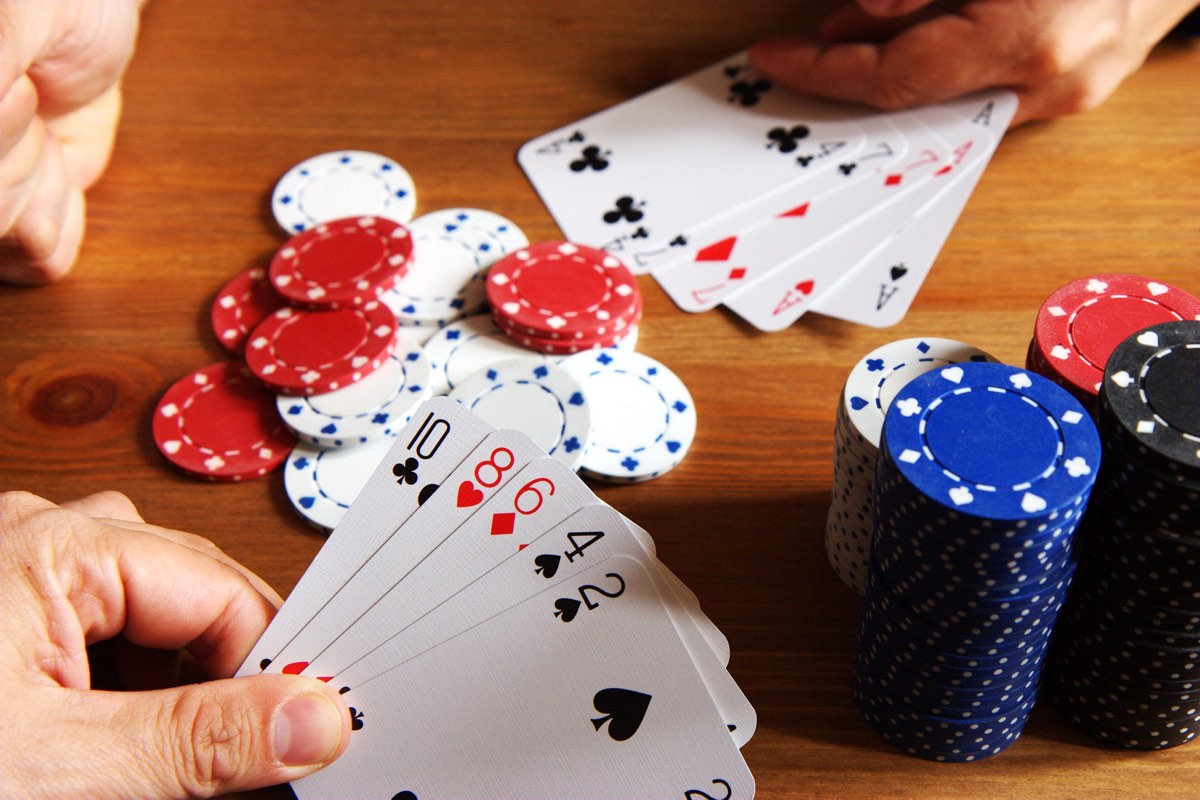Poker is a widely popular card game that combines elements of skill, strategy, psychology, and a touch of luck. Whether you’re looking to participate in casual games with friends or test your mettle in professional tournaments, understanding the fundamental aspects of poker is crucial. In this comprehensive beginner’s guide, we will walk you through the rules, hand rankings, game variations, basic gameplay, betting options, and essential strategies to help you get started on your poker journey.
1. Poker Hand Rankings:
Before delving into the gameplay, it is vital to familiarize yourself with the different poker hand rankings. Below, we present the standard hierarchy of poker hands, ranked from highest to lowest:
- Royal Flush: A, K, Q, J, 10 of the same suit.
- Straight Flush: Five consecutive cards of the same suit.
- Four of a Kind: Four cards of the same rank.
- Full House: Three of a Kind and a Pair.
- Flush: Five cards of the same suit, not in sequence.
- Straight: Five consecutive cards of any suit.
- Three of a Kind: Three cards of the same rank.
- Two Pair: Two sets of cards with the same rank.
- One Pair: Two cards of the same rank.
- High Card: The highest-ranking card in your hand when no other combinations are possible.
2. Game Variations:
Poker encompasses a wide range of game variations, each with its own unique rules and nuances. However, the most widely played and beginner-friendly version is Texas Hold’em. Therefore, we will focus on the rules of Texas Hold’em in this guide.
3. Basic Gameplay:
Texas Hold’em is typically played with a standard deck of 52 cards and can accommodate 2 to 10 players. The game consists of multiple betting rounds, and each player receives two private cards known as “hole cards.” Additionally, the dealer places five community cards face-up on the table.
Here’s a breakdown of the basic gameplay:
- Pre-Flop: Each player is dealt two private cards facedown. The first round of betting begins with the player to the left of the dealer. Players have the option to fold, call, or raise based on the strength of their hole cards.
- The Flop: After the first betting round, the dealer places three community cards face-up on the table. These cards, known as the “flop,” are shared by all players. Another betting round commences, starting with the player to the left of the dealer.
- The Turn: A fourth community card, called the “turn” or “fourth street,” is placed on the table. Another round of betting follows.
- The River: The fifth and final community card, referred to as the “river” or “fifth street,” is revealed. A final round of betting ensues.
- Showdown: If there are two or more players remaining after the final betting round, a showdown occurs. Players reveal their hole cards, and the player with the best hand, combining their hole cards and the community cards, wins the pot. In the event of a tie, the pot is divided equally among the tied players.
4. Betting Options:
During each betting round, players have several betting options available:
- Check: When no bet has been placed in the current round, a player can choose to “check” or decline to bet. This passes the action to the next player without making a wager.
- Bet: A player can initiate the betting by placing a bet. The amount of the bet will depend on the specific table limits or the agreed-upon stakes.
- Call: To match the current bet and stay in the hand, a player can “call” by wagering the same amount as the previous bettor.
- Raise: A player can increase the current bet by placing a higher wager. This forces other players to either match the raise or fold their hands.
- Fold: If a player believes their hand is weak or unfavorable, they can “fold” and forfeit their cards, opting out of the current hand. They will no longer have any claim to the pot but will not be required to contribute any further bets.
5. Strategies and Tips:
To improve your poker skills and increase your chances of success, consider implementing the following strategies:
-
- Starting Hands: Learn which starting hands are generally stronger and play them more aggressively. High pairs (e.g., A-A, K-K), Ace-King (A-K), and suited connectors (e.g., 7-8 suited) are considered strong starting hands.
- Position: Pay attention to your position at the table. Being in a late position provides a strategic advantage, as you have more information about the actions of other players before making your own decisions. Use your position wisely to maximize your opportunities.
- Bluffing: Bluffing is a crucial aspect of poker strategy. Successfully bluffing involves representing a stronger hand than you actually possess, forcing your opponents to fold. However, bluffing should be used sparingly and selectively, as skilled players can read through bluffs and exploit them.
- Bankroll Management: Set a budget and manage your bankroll wisely. Avoid playing with money you cannot afford to lose and be mindful of your bets relative to your overall bankroll. Practicing responsible bankroll management will help you sustain your poker journey in the long run.
- Observation and Table Awareness: Pay attention to the actions and behaviors of your opponents. Observing their betting patterns, facial expressions, and body language can provide valuable information about the strength of their hands. Developing keen observation skills and table awareness will enhance your decision-making capabilities.
- Study and Practice: Poker is a game of continuous learning and refinement. Dedicate time to study poker strategy, read books, watch instructional videos, and analyze professional players’ gameplay. Additionally, practice regularly by playing in low-stakes games, both online and offline, to hone your skills and gain experience.



